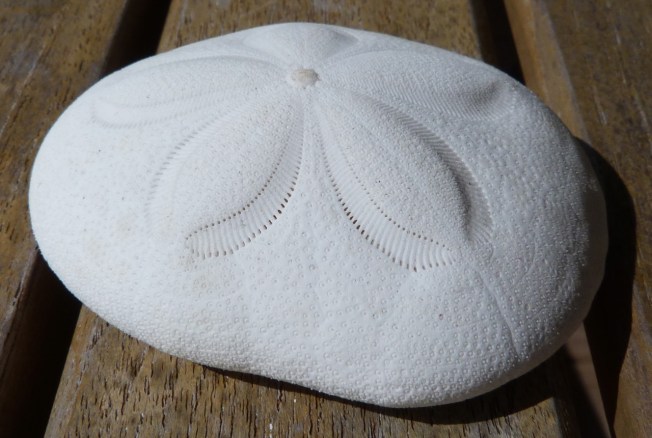“ABACO ART” aka SAND & WATER AT CASUARINA…
What is art? *loud reader yawn* I suspect we all know it when we see it; and know instinctively when something violently overpraised and vastly overhyped has failed to shake off a strong impression of ‘utter tosh’, ‘money for old rope’ or ‘one-trick pony’. We all have inbuilt settings for “I may not know much about art but I know what I like” and “a child of 3 could have done that”. It’s just that our individual settings are all different. But secretly (go on, admit it) we all know that ours are the correct and appropriate ones…
With that in mind here are some sandy puddles I photographed on glorious day when we were idly looking for SAND DOLLARS on a sand bar at Casuarina. I don’t suppose they amount to anything, but I’ll soon know from my stats what people think of these abstract patterns. And I have a powerful delete button if this post bombs… If not I see scope here for a line of T-shirts, mugs, key rings stickers and … mouse mats? Does anyone still use those?












 [The header picture is the wake of the ferry from Hope Town to Marsh Harbour. Or as I prefer to call it, “Aquatextural Modifications III”]
[The header picture is the wake of the ferry from Hope Town to Marsh Harbour. Or as I prefer to call it, “Aquatextural Modifications III”]































You must be logged in to post a comment.